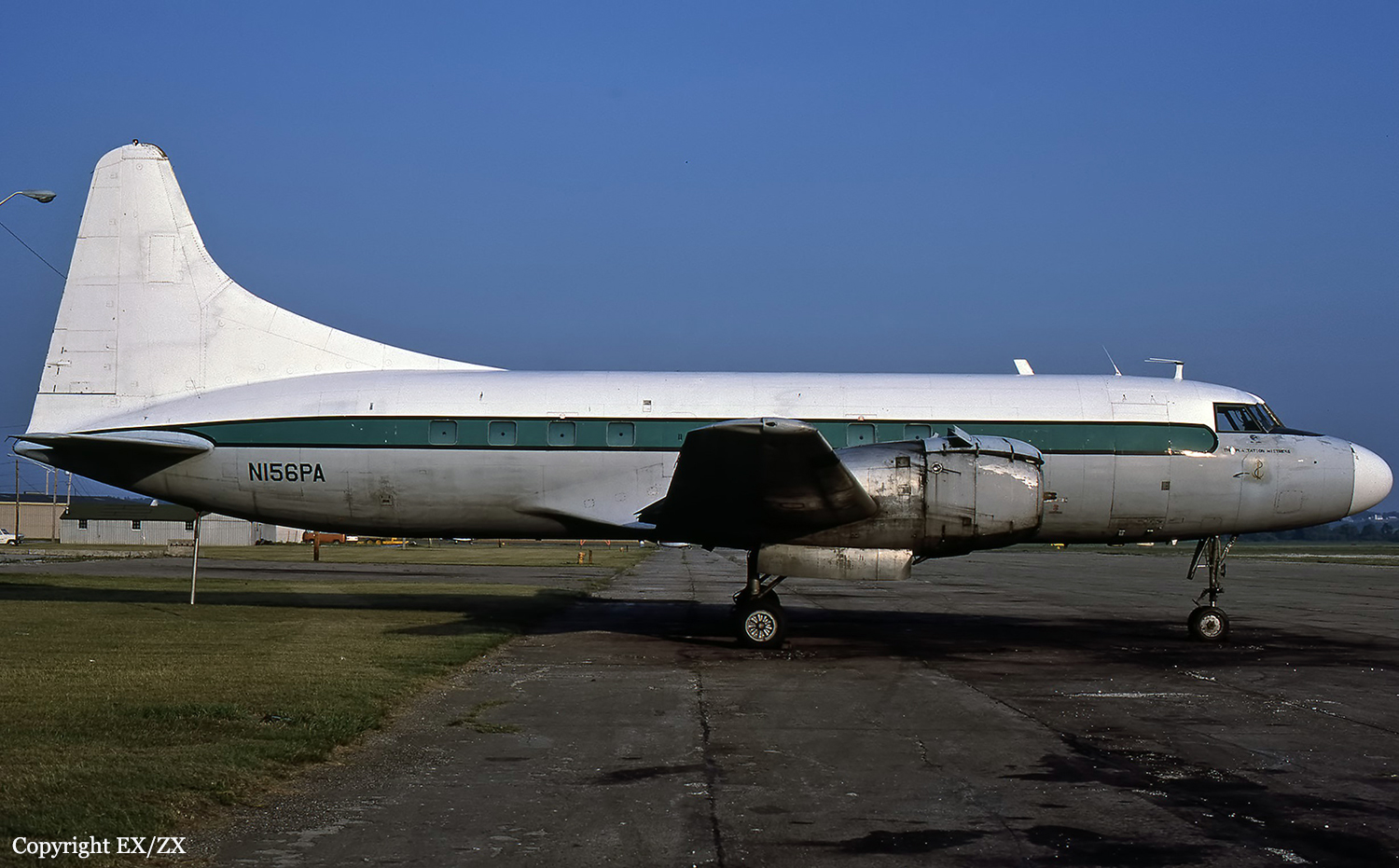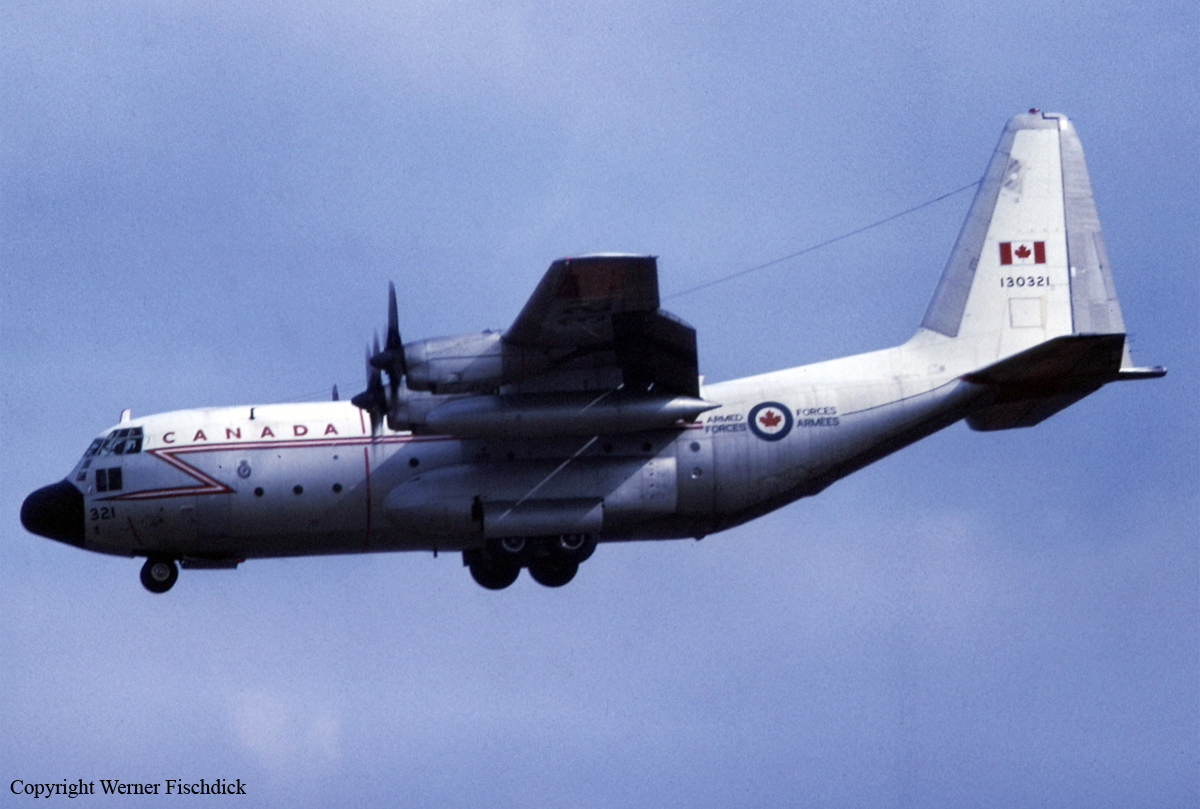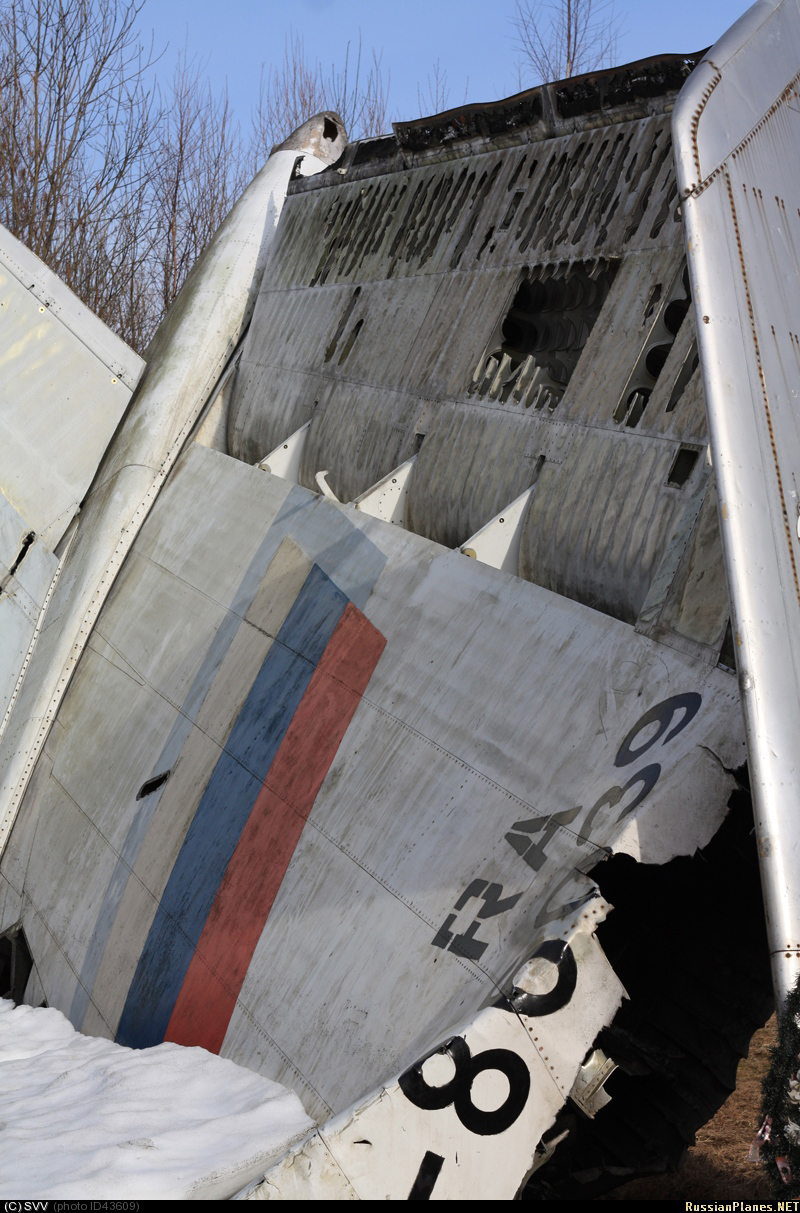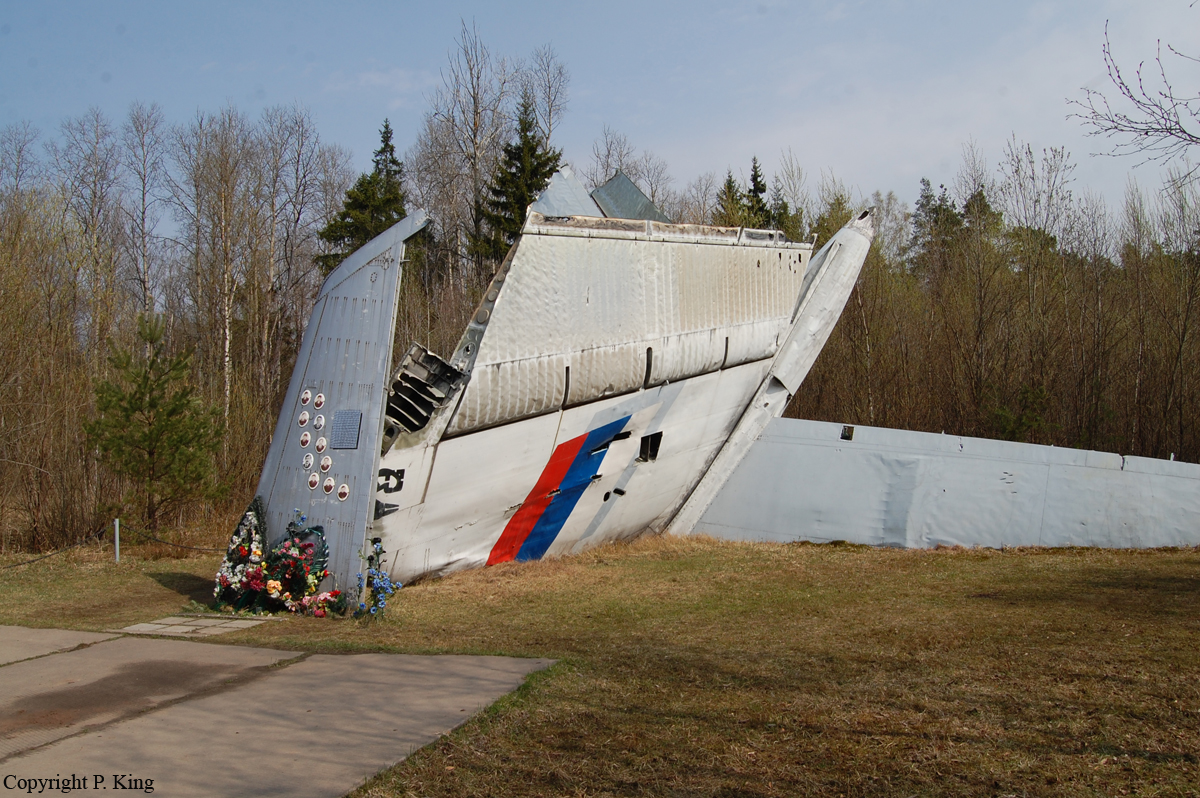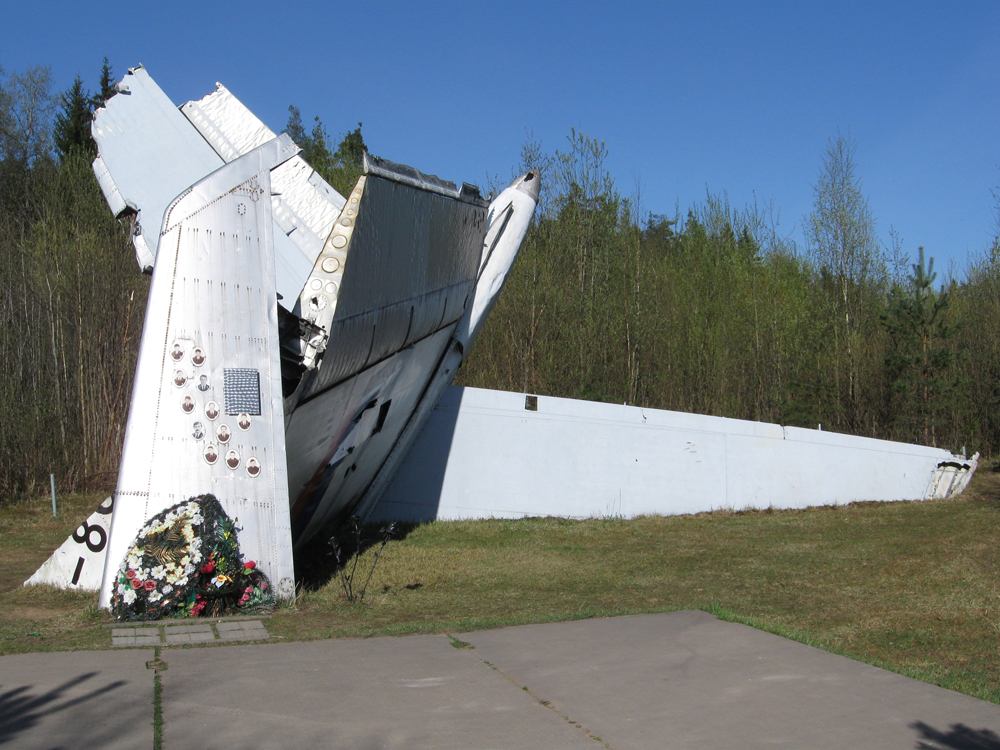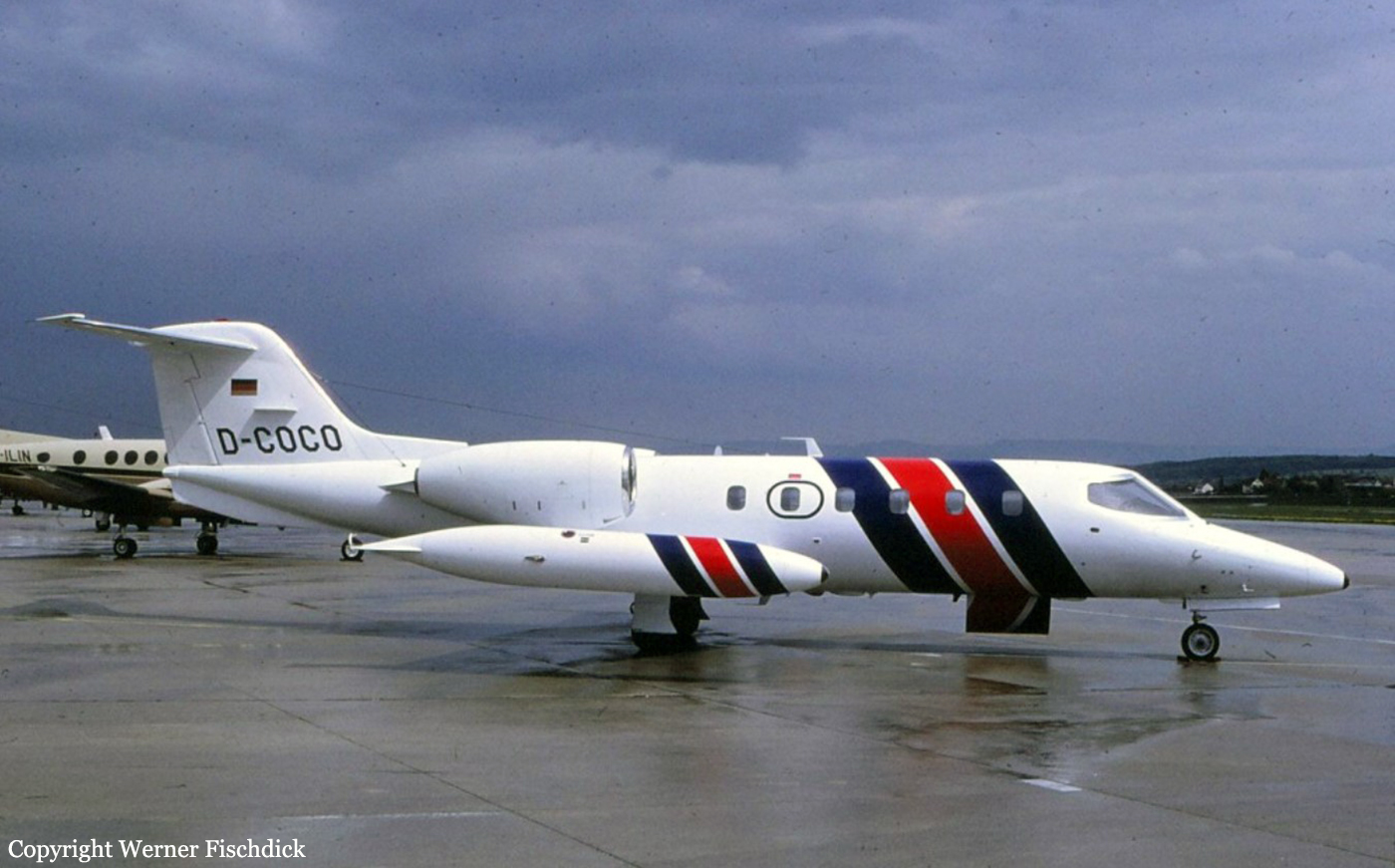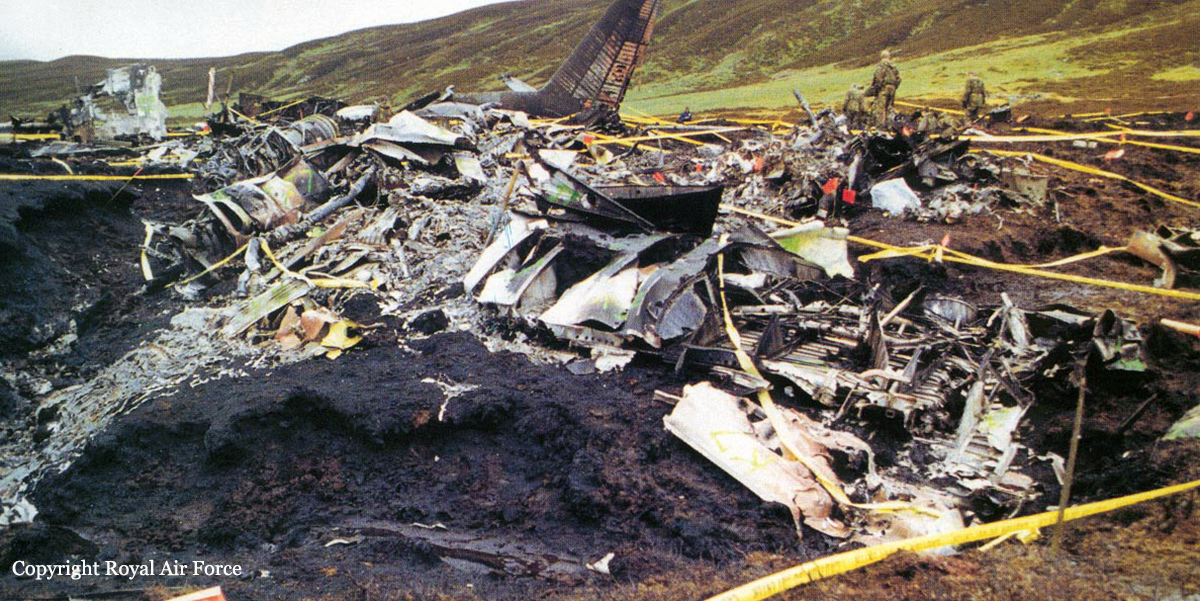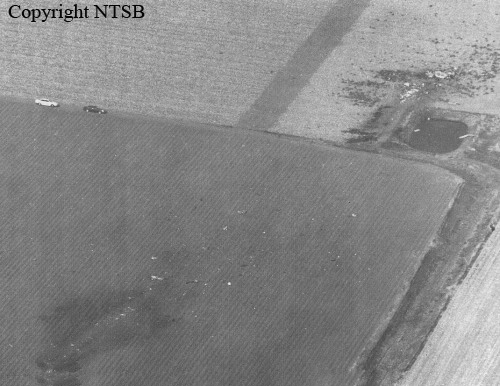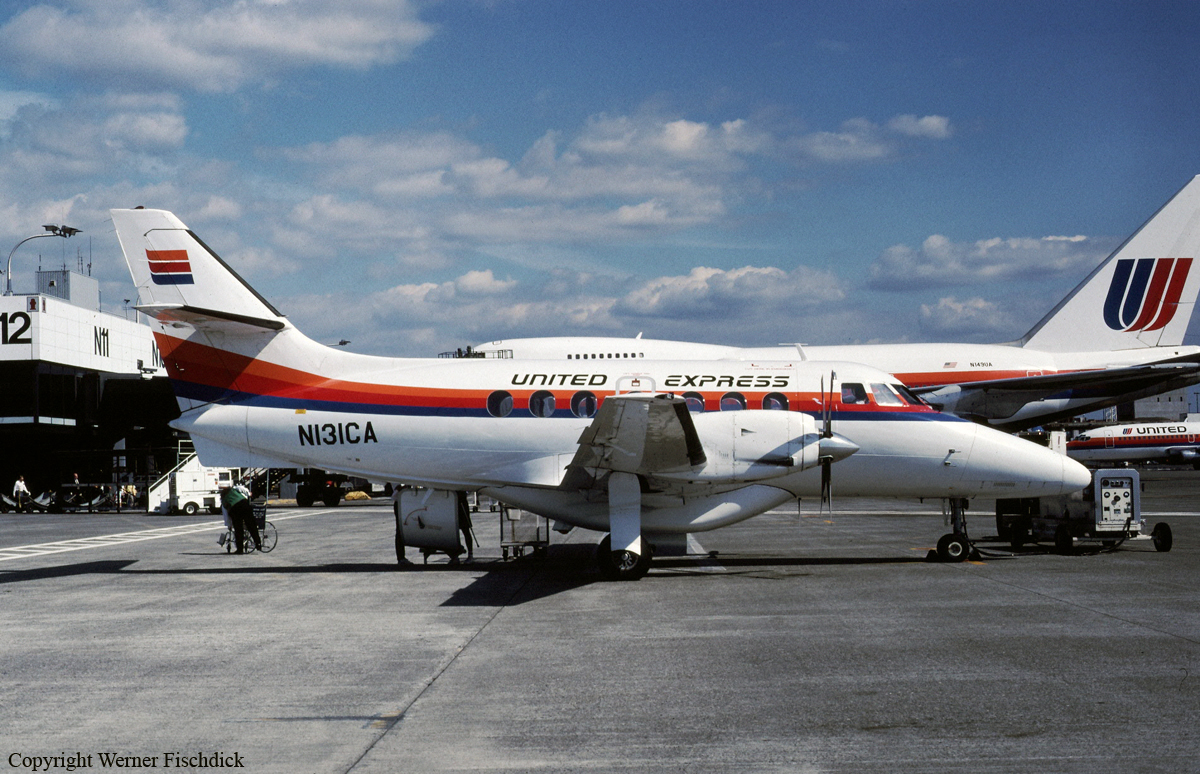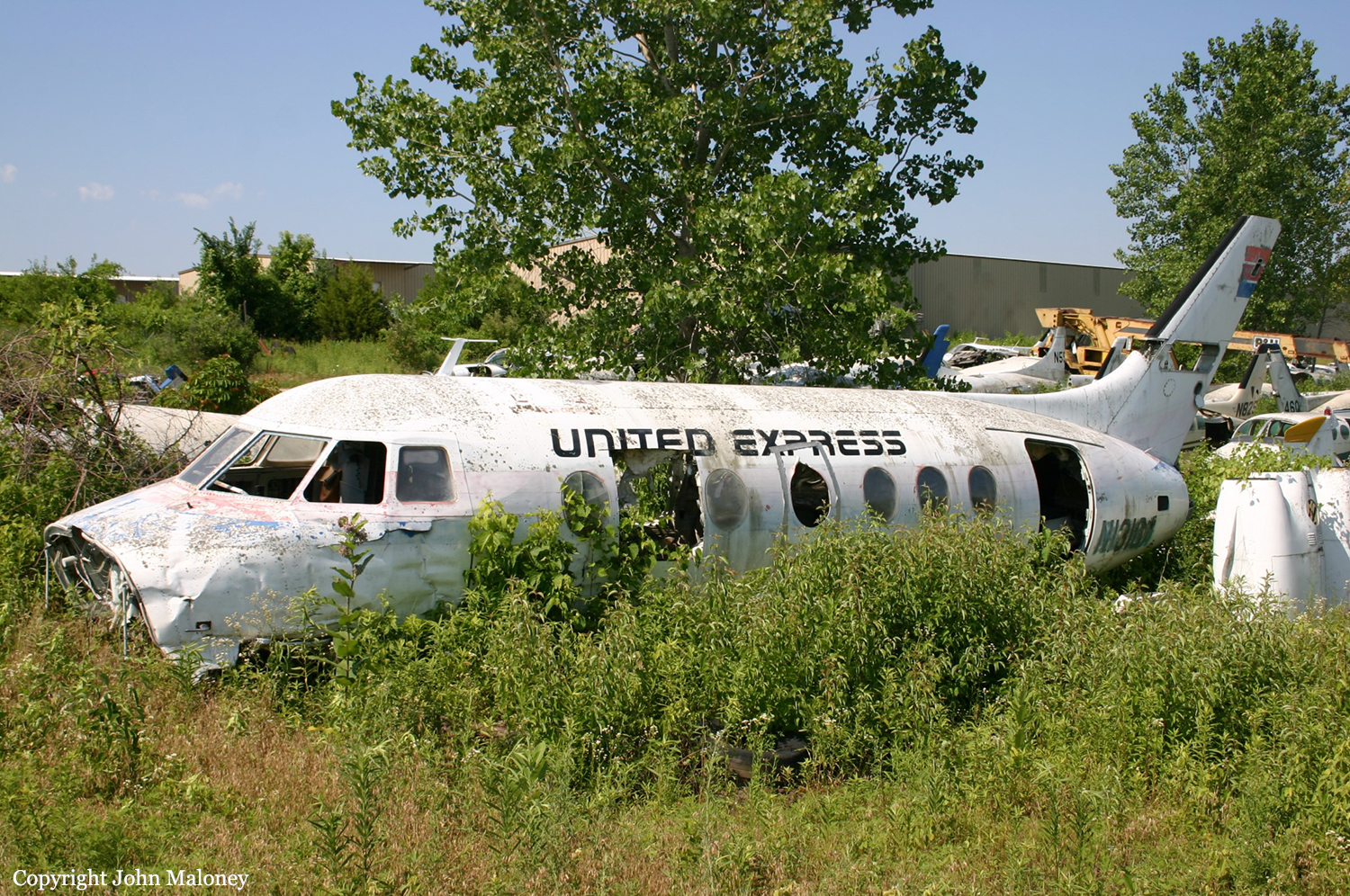Crash of an Antonov AN-2 in Yegoryevsk: 2 killed
Date & Time:
Aug 16, 1993
Survivors:
No
Schedule:
Yegoryevsk - Yegoryevsk
Crew on board:
2
Crew fatalities:
Pax on board:
0
Pax fatalities:
Other fatalities:
Total fatalities:
2
Circumstances:
Two pilots, one German pilot under supervision and one instructor took place on board the aircraft for a local training flight out from Yegoryevsk. After takeoff, while in initial climb, the crew initiated a left turn when the aircraft struck trees and crashed on a military parking lot, bursting into flames. Both occupants were killed.


